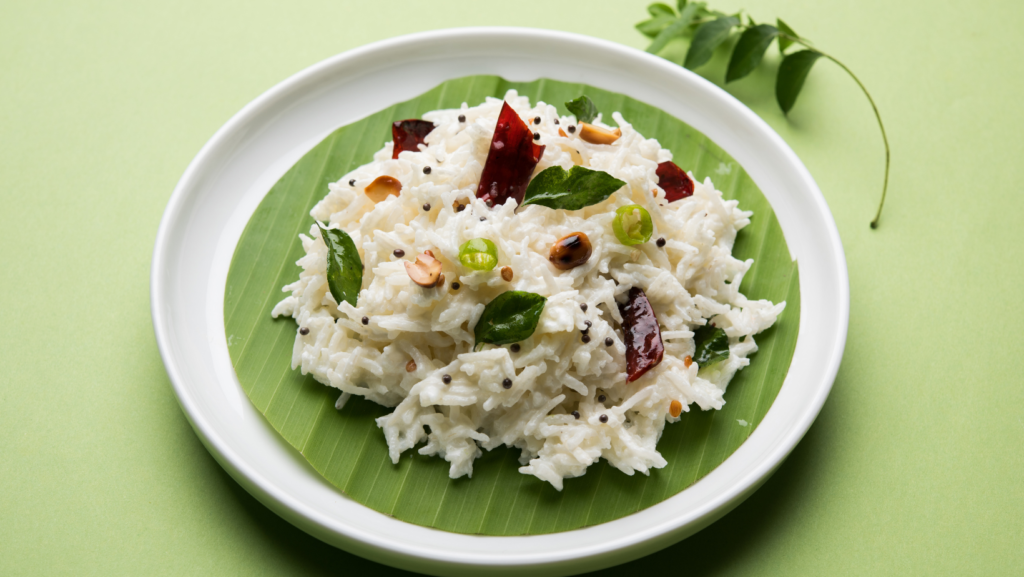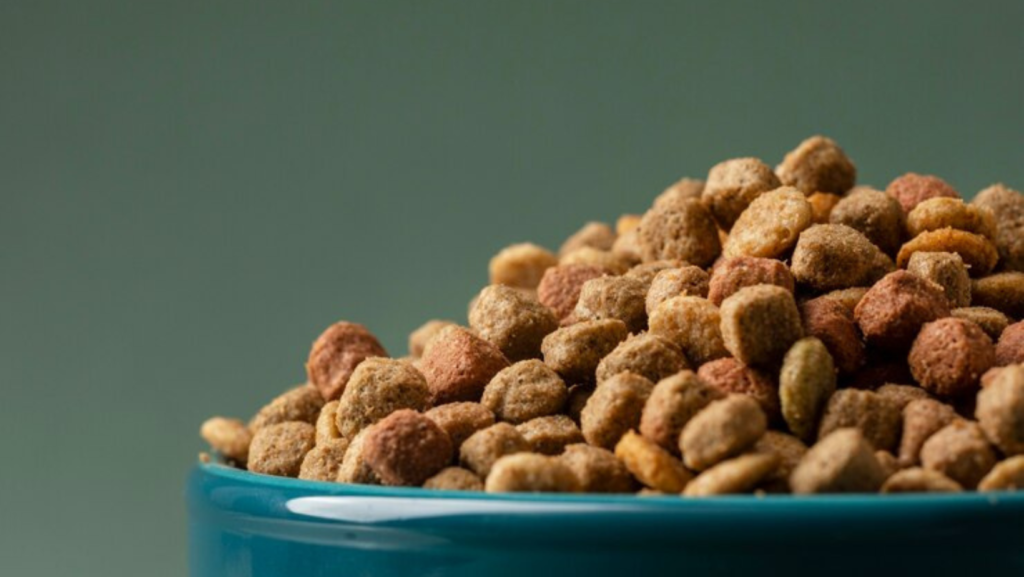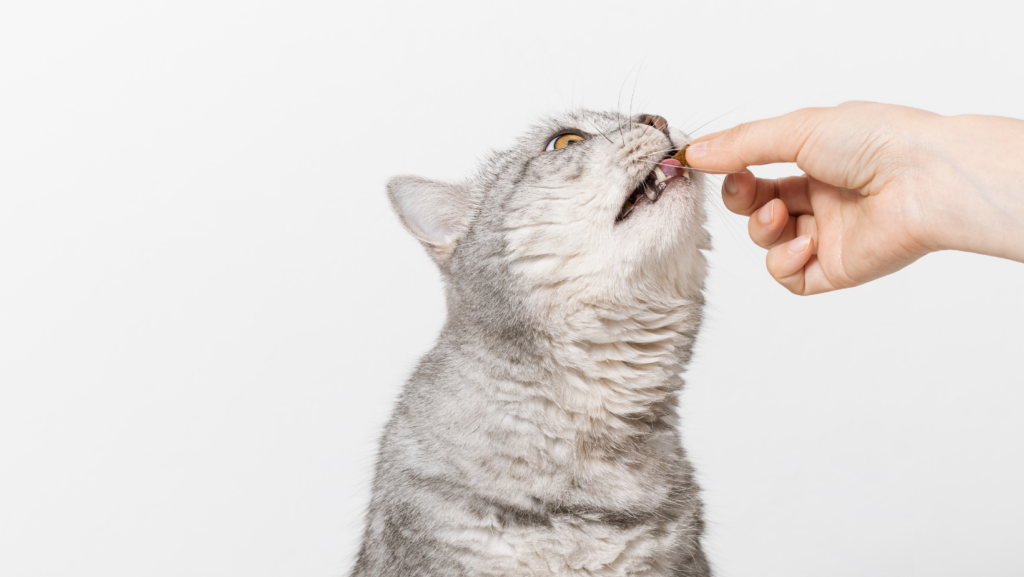Free Shipping On Order Over ₹459
Free Shipping | On Order Over ₹459
In recent years, there has been a noticeable shift towards providing pets with healthier and more personalized diets. One trend that has gained significant traction is the making of homemade pet treats. This article explores the benefits, recipes, and considerations associated with homemade treats for our furry friends.

Pet owners are increasingly turning to homemade options when it comes to their pets’ food and treats. This shift is driven by a desire to provide pets with the best nutrition possible while avoiding the potential risks associated with commercially produced treats. Homemade pet treats offer a level of quality and control that is often lacking in store-bought options.
One of the primary advantages of homemade pet treats is the ability to use fresh, natural ingredients. Many store-bought treats contain additives, preservatives, and low-quality ingredients that may not be beneficial for pets’ health. By making treats at home, pet owners can ensure that their furry companions are receiving only the best ingredients.
Contrary to popular belief, making homemade pet treats can be more cost-effective than purchasing them from a store. While the initial investment in ingredients and supplies may seem high, the cost per treat is typically much lower than the price of commercially produced options. Additionally, making treats at home allows pet owners to buy ingredients in bulk, further reducing costs.
Every pet is unique, with its own dietary preferences and requirements. Homemade pet treats offer the flexibility to tailor recipes to meet these individual needs. Whether a pet has food allergies, sensitivities, or specific dietary restrictions, pet owners can easily adapt recipes to accommodate their furry friend’s needs.

Making homemade pet treats doesn’t have to be complicated. In fact, many recipes require just a few simple ingredients that are likely already in your pantry. From peanut butter and pumpkin biscuits to frozen yogurt pops, there are countless easy-to-make treats that will have your pet begging for more.
One of the best things about making homemade pet treats is the ability to experiment with different flavors and textures. Whether your pet prefers crunchy biscuits or chewy treats, there’s a homemade recipe out there to suit their tastes. Additionally, pet owners can personalize treats by adding ingredients like fresh fruits, vegetables, and herbs.
Involving pet owners in the process of making homemade treats can be a fun and rewarding experience for both parties. Spending time together in the kitchen strengthens the bond between pets and their owners and provides an opportunity for quality time spent together.
While making homemade pet treats is generally safe, it’s essential to take proper precautions to ensure your pet’s health and safety. Always use pet-safe ingredients and avoid foods that are toxic to pets, such as chocolate, onions, and grapes. Additionally, be mindful of portion sizes and avoid overfeeding treats to your pet.
Proper storage is key to maintaining the freshness and quality of homemade pet treats. Store treats in an airtight container in a cool, dry place to prevent them from spoiling. Most homemade treats will last for several weeks when stored correctly, but it’s essential to check for signs of spoilage before feeding them to your pet.
In addition to being healthier for pets, homemade treats are also better for the environment. By making treats at home, pet owners can reduce the amount of packaging waste generated by commercially produced options. Additionally, using locally sourced and sustainable ingredients further minimizes the environmental impact of homemade treats.

Buy Purepet Ocean Fish Adult Dry Cat Food
Making homemade pet treats can be a great way to connect with other pet owners and share tips and recipes. Consider hosting a pet treat swap or joining online forums and social media groups dedicated to homemade pet food and treats. Building a community of like-minded pet lovers can provide support and inspiration for your homemade treat-making endeavors.
While homemade pet treats can be a healthy and enjoyable addition to your pet’s diet, it’s essential to practice moderation. Treats should only make up a small portion of your pet’s overall diet, with the majority of their calories coming from balanced, nutritious meals. Additionally, if you have any concerns about your pet’s health or dietary needs, consult with a veterinarian before making significant changes to their diet.
Experimenting with different recipes and ingredients is key to finding the perfect homemade treats for your pet. Pay attention to your pet’s reactions and preferences, and don’t be afraid to get creative in the kitchen. With a little time and effort, you can create delicious and nutritious treats that your pet will love.
Homemade pet treats offer numerous benefits for both pets and their owners. From improved health and nutrition to cost savings and environmental sustainability, there are plenty of reasons to give homemade treats a try. By following simple recipes, taking proper precautions, and consulting with a veterinarian when needed, pet owners can provide their furry friends with tasty and nutritious treats made with love.
Homemade pet treats can be safe when made with pet-safe ingredients and proper hygiene practices. However, it’s essential to avoid ingredients that are toxic to pets and to store treats properly to prevent spoilage.
Homemade pet treats typically last for several weeks when stored in an airtight container in a cool, dry place. However, it’s essential to check for signs of spoilage before feeding treats to your pet.
Yes, many homemade pet treat recipes can be easily adapted to accommodate your pet’s preferences and dietary needs. Just be sure to avoid ingredients that are harmful to pets and to maintain proper portion sizes.
If your pet has dietary restrictions or food allergies, consult with a veterinarian before introducing new treats into their diet. They can provide guidance on suitable ingredients and recipes for your pet’s specific needs.
Treats should only make up a small portion of your pet’s overall diet, with the majority of their calories coming from balanced, nutritious meals. Offer treats in moderation to avoid overfeeding and maintain a healthy weight for your pet.
Sign up for newsletter to receive
exclusive offer & discount
Popular Search: pet toys | Dog food |Pet Grooming | Pet Walking Accessories | Cat Teaser Playing Stick | Rope Toy | Cotton Rope Knot Ball Toy | Rubber Bone Toy | Rope Carrot Toy | Food Bowl | Chicken & Mutton Munchie Sticks | Fur Remover from Clothes | Brush Body Scrubber Shampoo Dispenser | Pet Massage Rubber Bath Glove | Nail Cutter Clipper And Filer |